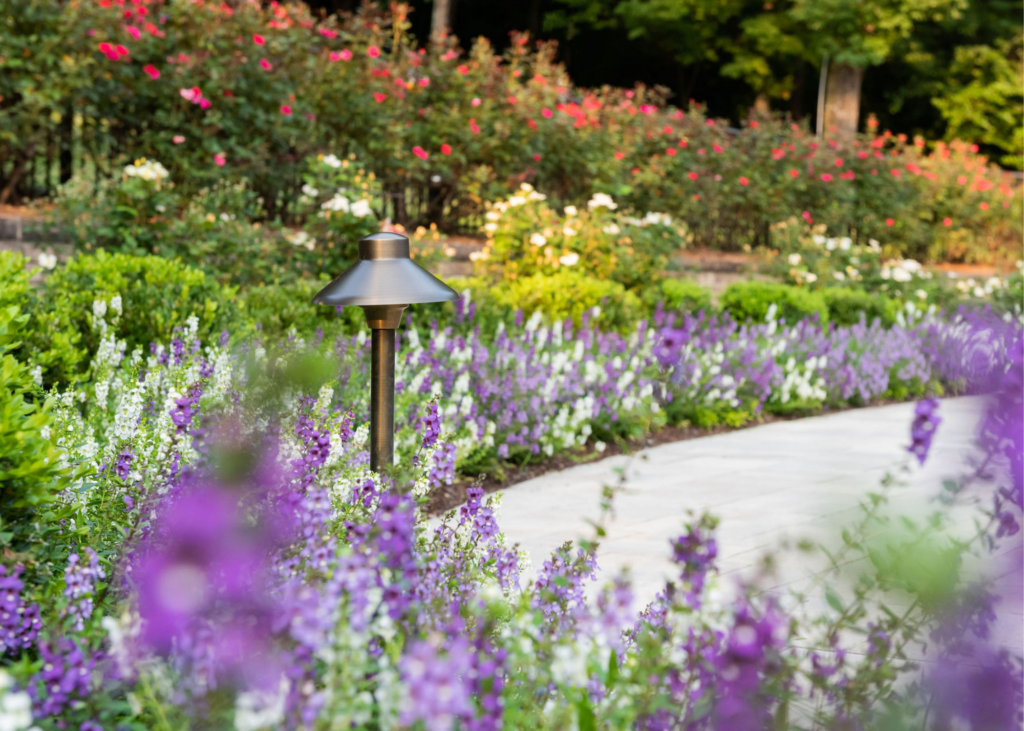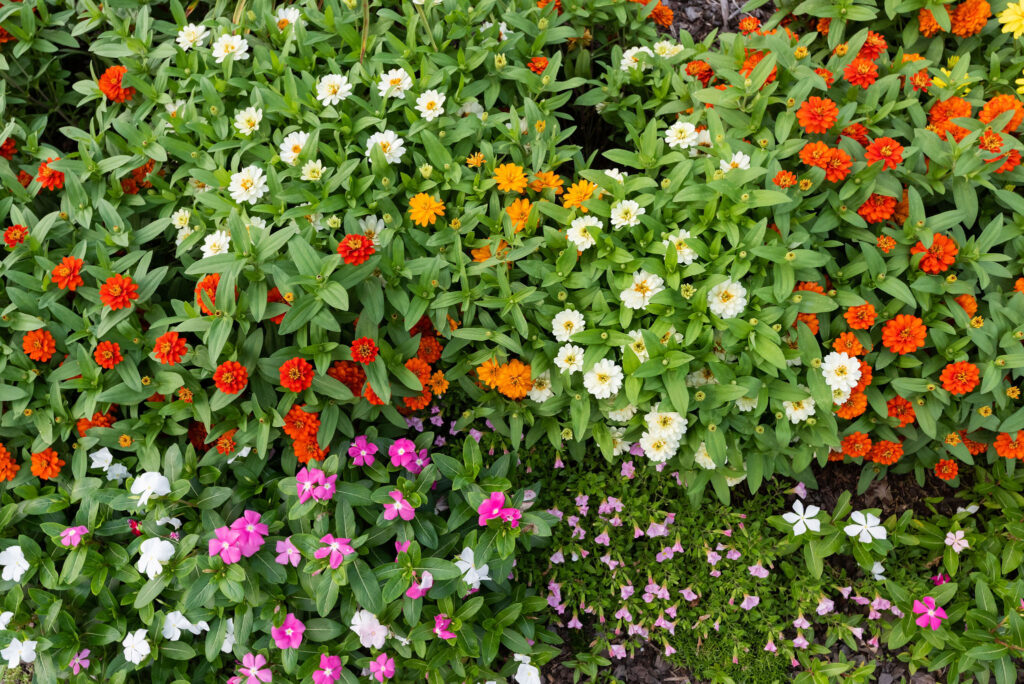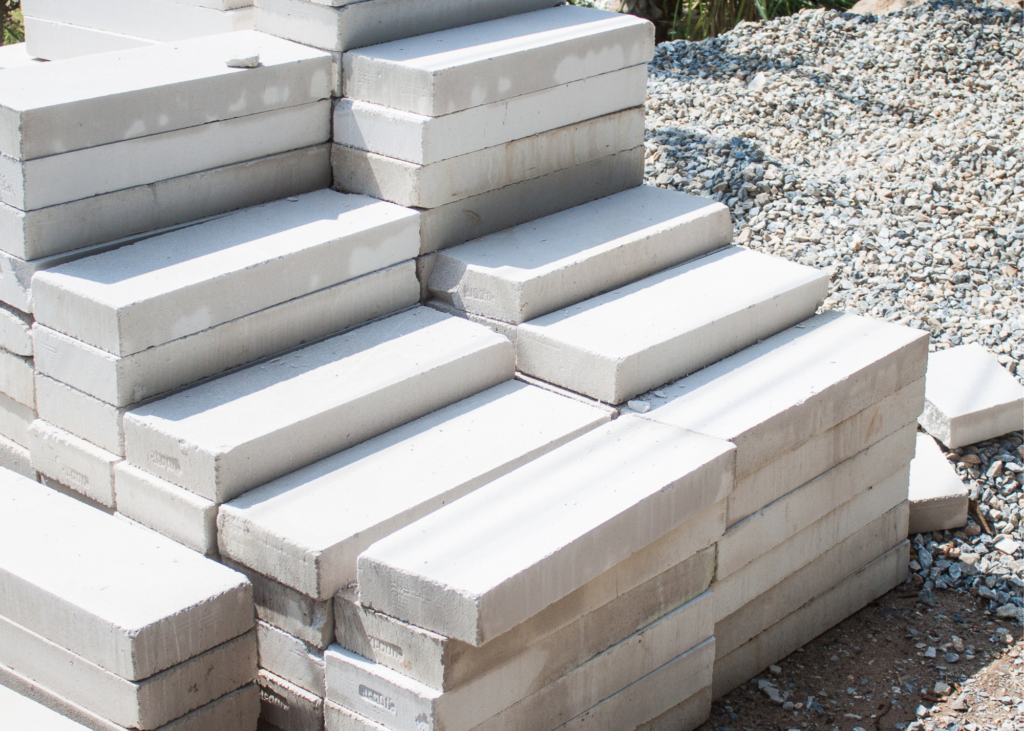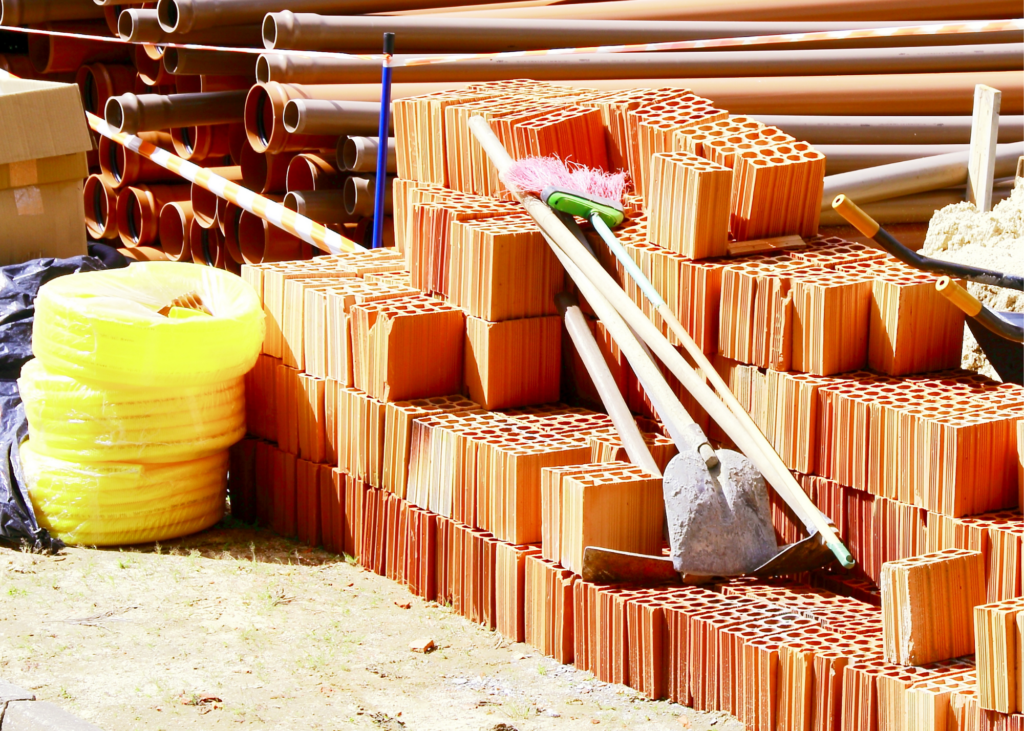What You Need to Know About Supply Shortages
To say life has had its share of changes amid a global pandemic would be an understatement of epic proportions. In one way or another, every industry has been affected by supply chain struggles recently, and the landscape industry is no exception.
Landscape professionals and landscape supply companies have experienced issues with raw material and plant shortages, delays with receiving trucks and equipment, and cost increases across the board.
According to the National Association of Landscape Professionals, the combination of the global pandemic, increased consumer demand for outdoor products, labor shortages, and freight and logistics issues have all combined into a perfect storm causing shortages to abound.

“The causes of supply challenges could really be lumped into five buckets – COVID issues, labor shortages, raw material shortages, freight challenges, and weather,” says Greg Weller, EVP of Operations for SiteOne Landscape Supply.
Regarding plant material, Lisa Fiore, co-founder and CEO of LandscapeHub, says the Great Recession also factors in today’s shortages. When it hit in 2008, many nurseries reduced their production.
“They either didn’t have the cash or the appetite to risk the investment of putting more plants in the ground 12 years ago,” Fiore says.
Because trees and evergreens take 10 to 12 years to produce, the effects from the Great Recession in 2008 are just recently reflected in supply levels. Fiore also noted that COVID has drastically increased consumer demand for plant material because more people are staying home. The already conservative supply of available trees was consumed much quicker than projected, with many nurseries still drastically behind in production.

Severe weather events have also impacted the availability of plant material in locations like Texas and Louisiana. At the same time, those areas are seeing increasing demand as people seek to replace the plants they lost in those storms.
Another factor behind the shortages is how most manufacturers have revised their inventory production models to be much more efficient. Parts and materials are delivered to factories right as needed, cutting down on the need to stockpile them. What started as an idea to stay nimble while cutting costs became mainstream in manufacturing, and this way of operating has resulted in crippling shortages.
Despite everchanging shortages, delivery dates shifting, labor challenges, and a growing backlog of work, landscape professionals are still thinking on their feet to find creative solutions to get the job done. Milosi is no exception.
While we navigate a new normal, we are focused on 3 things:
Communication
Quality
Innovation and adaptation

Communication:
While we may not know everything, we are committed to proactively sharing what we do know. Our award-winning team is in direct contact with our vendors and suppliers to provide up-to-date, current information on the status of material production. As projections continue to evolve, so must our expectations. Our dedication is always to share what we know as soon as we know. We also added a Design Sales Manager focused solely on customer care and communication during our design-build process.
Quality:
We believe that getting things done right is more important than getting things done fast. As we are adjusting to longer lead times and supply shortages, we are investing in our internal processes and labor force. We have added additional training resources for our team members and continue to lead the industry with the most up-to-date installations and construction methods.
Innovation and Adaptation:
Suppose certain materials are unavailable or have extended lead times. In that case, we are committed to offering thoughtful solutions that do not compromise the aesthetic or longevity of your home and business’ outdoor investment. No matter the timeline, rest easy knowing you’re not sacrificing quality for convenience. Create and innovate is a core value in our company for a reason! We are committed to staying flexible, thinking ahead, and being resourceful with every possible option.
Now for the big question: when will things go back to normal. The truth is no one knows for sure. Estimates are constantly evolving. Some experts expect to see material availability improvement by Fall/Winter 2022 as manufacturers reestablish supply and rebuild capacity. As material supply increases, experts project it will take another six to nine months before things get sorted out with the supply chain.

Depending on the plant category, some things will balance out sooner than others. Shade trees and evergreens are going to remain in short supply for another year or two. Meanwhile, perennials and shrubs will probably be more available by next spring or next summer.
As always, we will continue to monitor the latest challenges and do whatever we can to serve your family.


